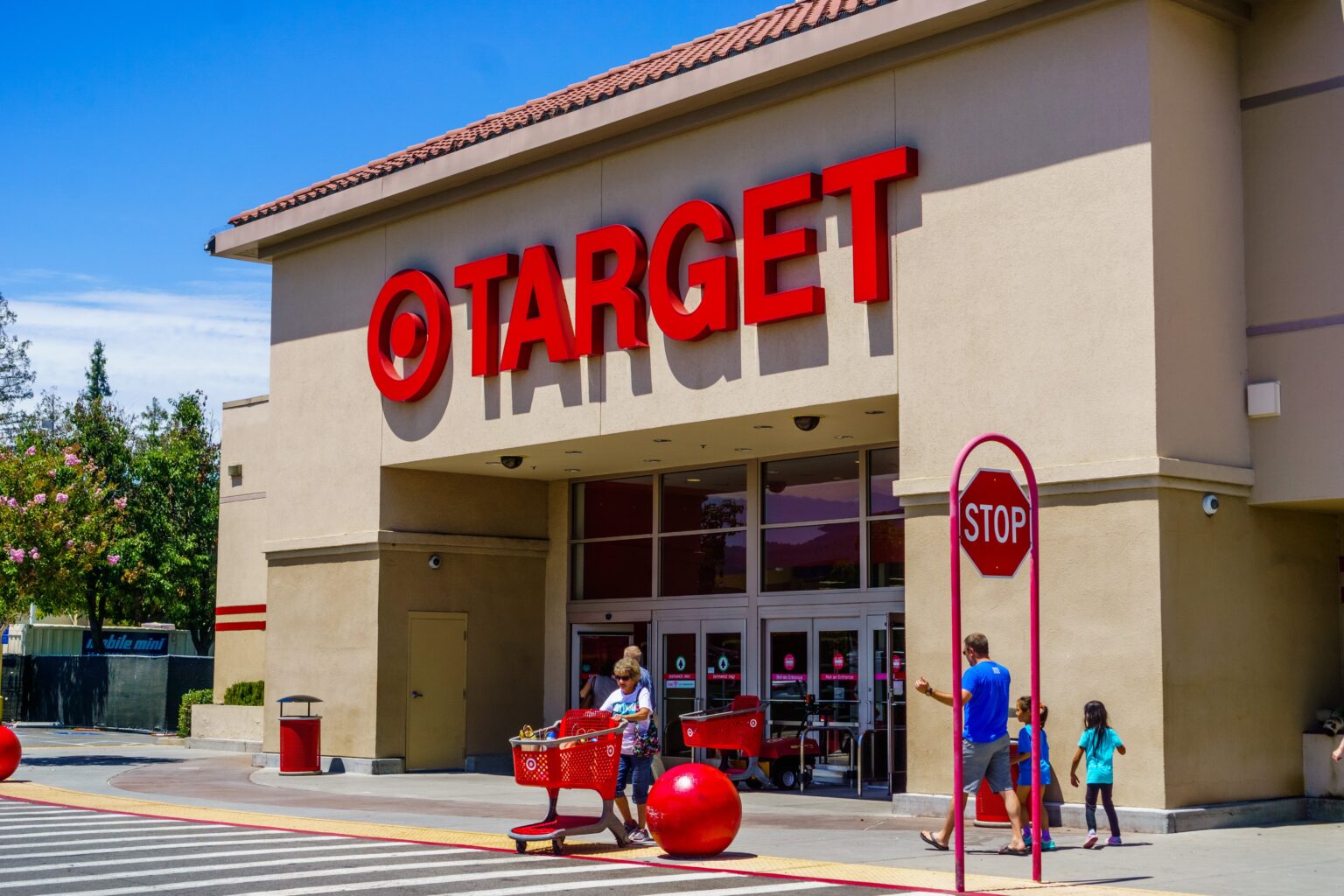First-Quarter Results Reflect Persistent Challenges
Target Corporation revealed a notable decline in its sales for the first quarter of 2025, marking a decrease of 2.8% compared to the same period last year. The retail giant reported total sales of $23.85 billion, falling below analysts’ expectations of $24.23 billion. This downturn was largely driven by a significant 3.8% drop in comparable store sales. Physical store revenues decreased by 5.7%, although there was a partial mitigation through a 4.7% increase in online sales.
Further analysis indicated a 2.4% reduction in the number of transactions across both digital and physical platforms, accompanied by a 1.4% decline in the average purchase amount. Despite these declines, Target managed to improve profitability, with net earnings increasing to $1.04 billion, or $2.27 per share, compared to $942 million, or $2.03 per share, a year ago.
However, reflecting ongoing economic uncertainty, Target revised its annual sales forecast downward. The company now anticipates a low-single-digit sales decline for the year, a significant revision from its previous forecast of a 1% increase. Financial experts forecast full-year earnings per share to reach approximately $8.34.
Economic Factors and Tariff Implications
The broader economic landscape has significantly impacted Target’s performance. One of the primary pressures faced by the retailer has been tariffs, particularly those affecting imports from China. Target has proactively reduced its reliance on Chinese products, decreasing its sourcing of store-label goods from China, initially around 60%, aiming to further reduce this dependency to about 25%.
In response to these challenges, Target is increasingly sourcing products from countries such as Guatemala and Honduras, and actively exploring sourcing options within the United States. This strategic shift is intended to mitigate tariff impacts and stabilize product costs.
Competitor Walmart, benefiting from a diversified product mix with groceries constituting roughly 60% of its sales, has been less affected by tariff-induced pricing pressures. In contrast, Target’s heavier reliance on discretionary items such as clothing and home décor, representing less than a quarter of its total sales, has left it more vulnerable to shifts in consumer spending.
Leadership Changes and Strategic Initiatives
To navigate these challenges, Target has announced several key leadership changes aimed at revitalizing its strategic direction. Chief Operating Officer Michael Fiddelke will spearhead a new division specifically dedicated to accelerating sales growth and enhancing market responsiveness. Meanwhile, Christina Hennington, currently Chief Strategy and Growth Officer, is scheduled to step down from her position but will continue serving in a strategic advisory role until early September.
Additionally, to appeal to increasingly price-sensitive consumers, Target plans to launch around 10,000 new products, primarily priced below $20. The goal is to recapture its iconic “cheap chic” appeal, an image that historically attracted a broad range of consumers. Furthermore, Target will prioritize expanding its store-brand offerings and streamlining the product development cycle. This strategy will allow the retailer to adapt more swiftly to emerging consumer trends and preferences.
Navigating Social and Consumer Sentiment Issues
Beyond economic factors, Target is also confronting social controversies that have notably affected consumer sentiment. Recent decisions to scale back various diversity, equity, and inclusion (DEI) initiatives, including programs supporting Black employees and promoting Black-owned businesses, triggered backlash from segments of its customer base. These changes were largely in response to criticism from conservative groups and political figures, leading to subsequent boycotts by customers who viewed the actions as regressive.
Rev. Jamal Bryant, a prominent voice advocating for diversity and equity, publicly called on Target to renew its commitment to supporting diverse communities and businesses owned by minorities. Given Target’s extensive reach, operating nearly 2,000 stores and employing over 400,000 individuals, such controversies have substantial implications for its overall reputation and consumer relations.
Balancing economic resilience with responsiveness to consumer values remains critical for Target as it navigates an increasingly complex retail environment. How effectively Target addresses these intertwined economic and social challenges in the coming months will significantly shape its financial performance and market position.


